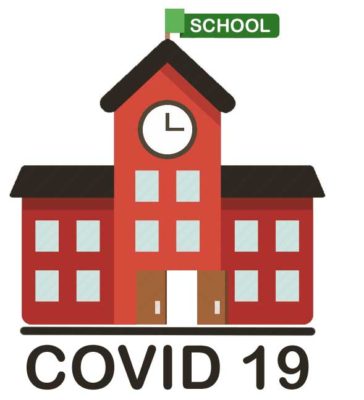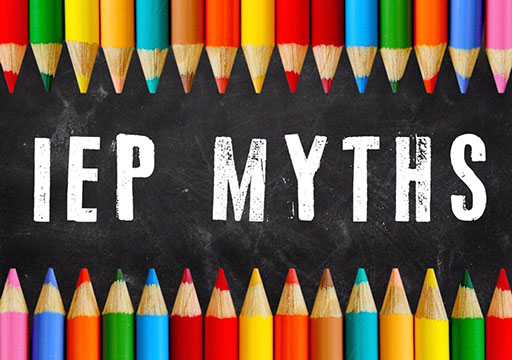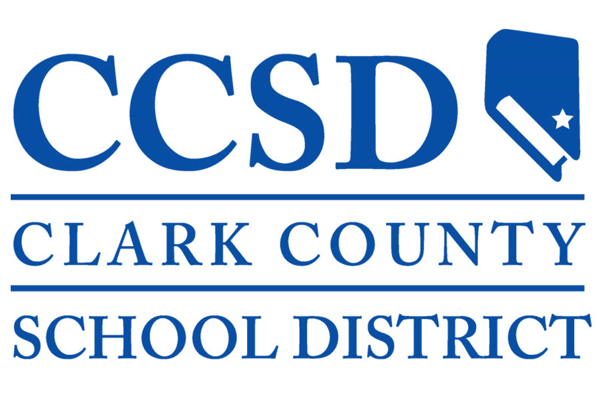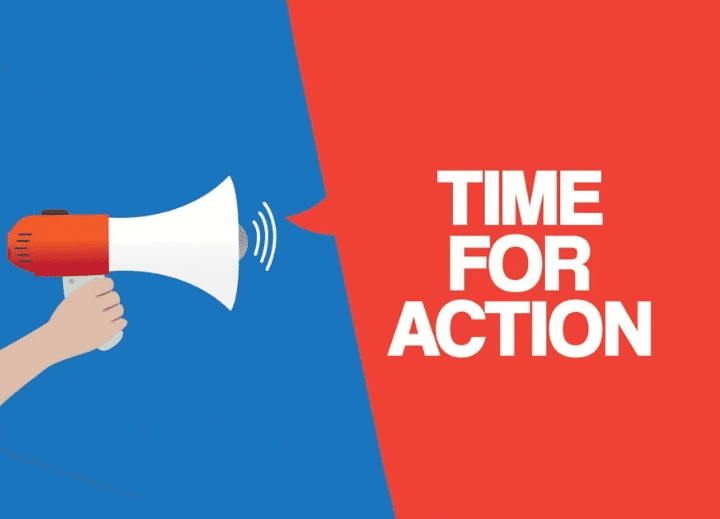Supplementary aids and services are often critical elements in supporting the education of children with disabilities in regular classes and their participation in a range of other school activities. IDEA’s definition of this term reads:
Supplementary aids and services means aids, services, and other supports that are provided in regular education classes, other education-related settings, and in extracurricular and nonacademic settings, to enable children with disabilities to be educated with nondisabled children to the maximum extent appropriate …
Speaking practically, supplementary aids and services can be accommodations and modifications to the curriculum under study or the manner in which that content is presented or a child’s progress is measured. But that’s not all they are or can be. Supplementary aids and services can also include direct services and supports to the child, as well as support and training for staff who work with that child. That’s why determining what supplementary aids and services are appropriate for a particular child must be done on an individual basis.
The definition of “supplementary aids and services” was new in IDEA ’97. Since then, the field has fleshed out the definition through practice. Numerous states have developed IEP guides that include both the regulatory definition of “supplementary aids and services” and examples to guide IEP teams in their considerations of what a student might need. Here are some examples that you may find illuminating:
Supports to address environmental needs (e.g., preferential seating; planned seating on the bus, in the classroom, at lunch, in the auditorium, and in other locations; altered physical room arrangement);
Levels of staff support needed (e.g., consultation, stop-in support, classroom companion, one-on-one assistance; type of personnel support: behavior specialist, health care assistant, instructional support assistant);
Planning time for collaboration needed by staff;
Child’s specialized equipment needs (e.g., wheelchair, computer, software, voice synthesizer, augmentative communication device, utensils/cups/plates, restroom equipment);
Pacing of instruction needed (e.g., breaks, more time, home set of materials);
Presentation of subject matter needed (e.g., taped lectures, sign language, primary language, paired reading and writing);
Materials needed (e.g., scanned tests and notes into computer, shared note-taking, large print or Braille, assistive technology);
Assignment modification needed (e.g., shorter assignments, taped lessons, instructions broken down into steps, allow student to record or type assignment);
Self-management and/or follow-through needed (e.g., calendars, teach study skills);
Testing adaptations needed (e.g., read test to child, modify format, extend time);
Social interaction support needed (e.g., provide Circle of Friends, use cooperative learning groups, teach social skills);
Training needed for personnel.
One of the most powerful types of supports available to children with disabilities are the other kinds of supports or services (other than special education and related services) that a child needs to be educated with nondisabled children to the maximum extent appropriate. Some examples of these additional services and supports, called supplementary aids and services in IDEA, are:
– adapted equipment—such as a special seat or a cut-out cup for drinking;
– assistive technology—such as a word processor, special software, or a communication system;
– training for staff, student, and/or parents;
– peer tutors;
– a one-on-one aide;
– adapted materials—such as books on tape, large print, or highlighted notes; and
– collaboration/consultation among staff, parents, and/or other professionals.
The IEP team, which includes the parents, is the group that decides which supplementary aids and services a child needs to support his or her access to and participation in the school environment. The IEP team must really work together to make sure that a child gets the supplementary aids and services that he or she needs to be successful. Team members talk about the child’s needs, the curriculum, and school routine, and openly explore all options to make sure the right supports for the specific child are included.
Categories:Uncategorized
1 Likes





